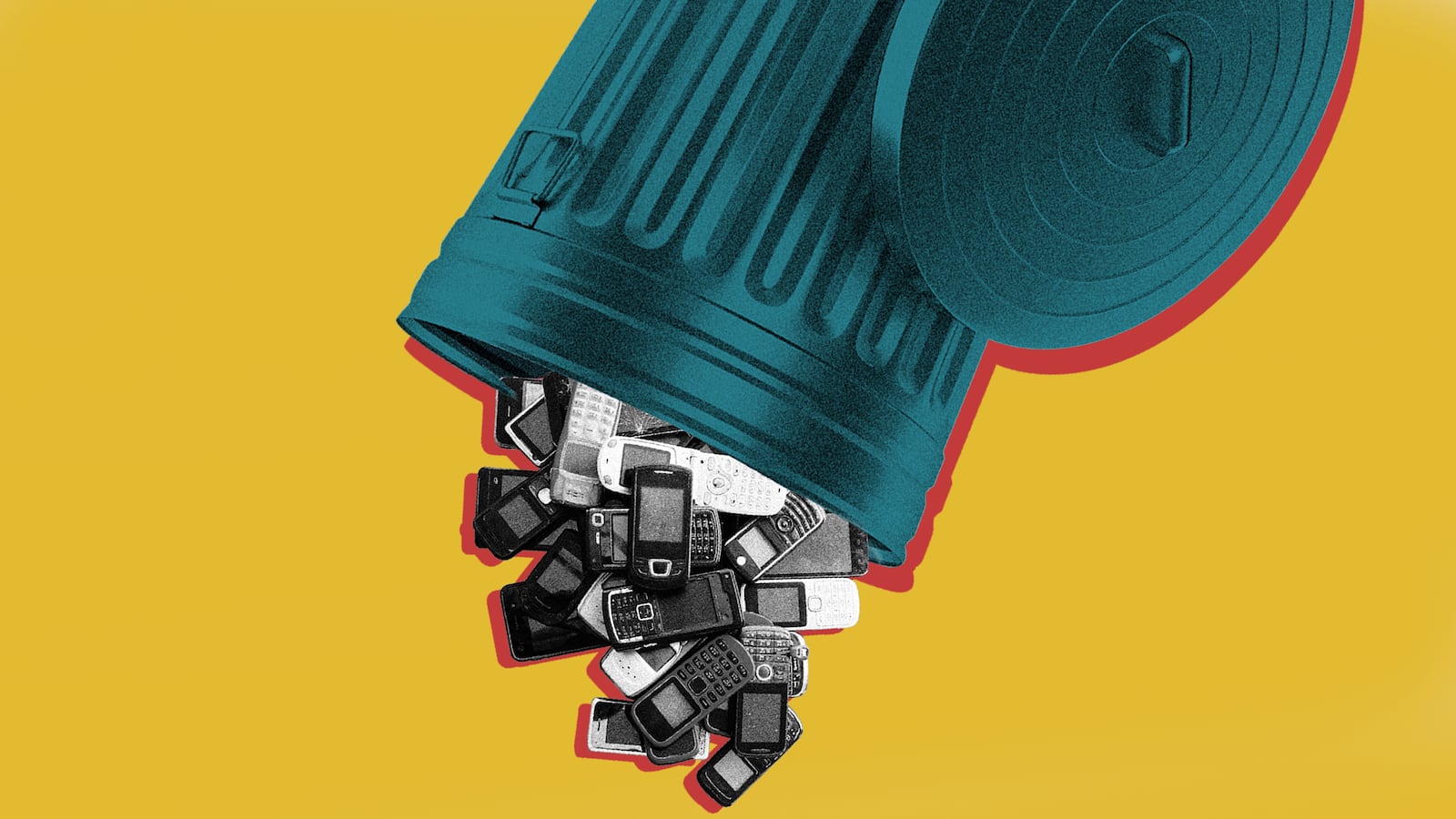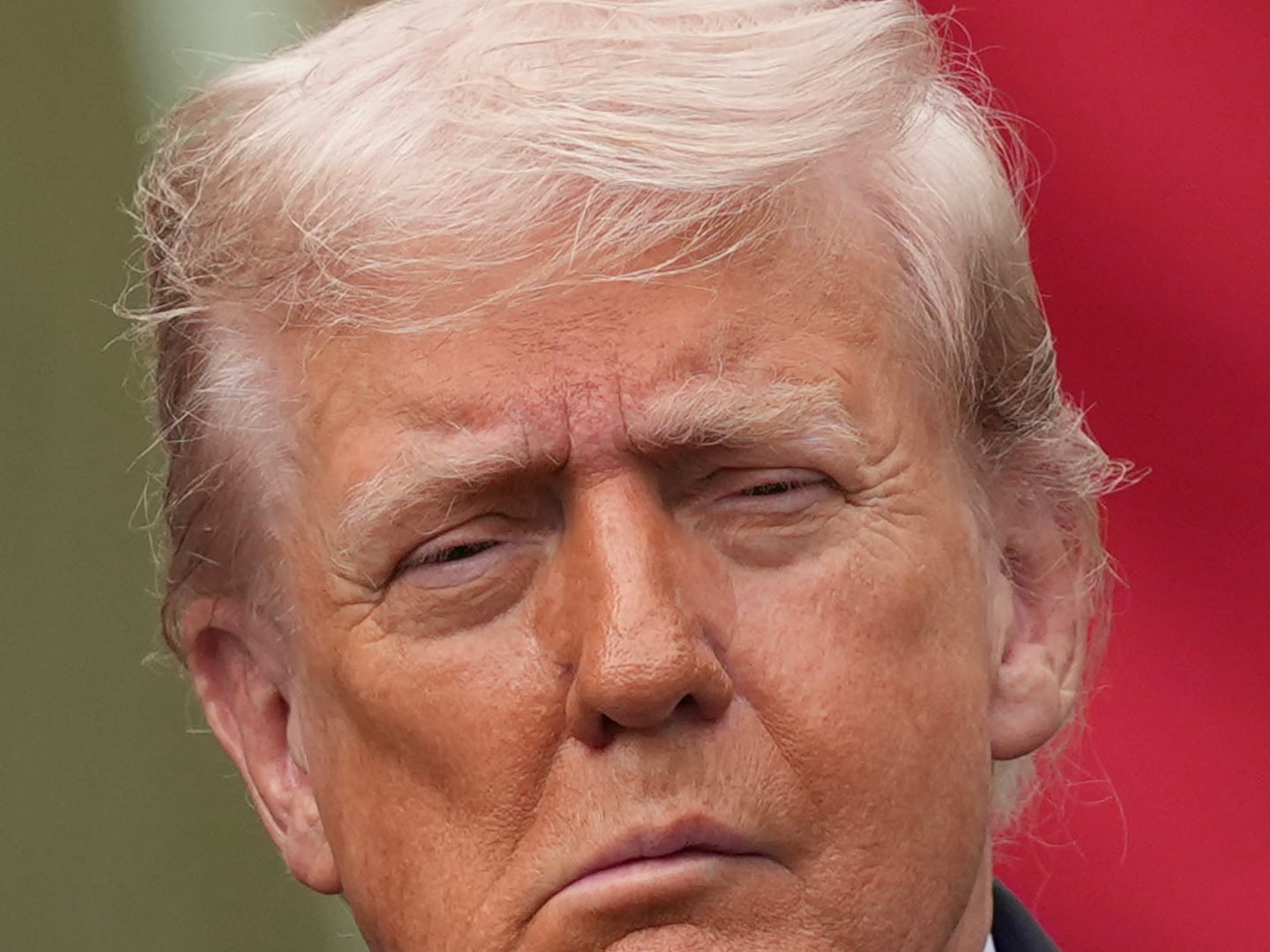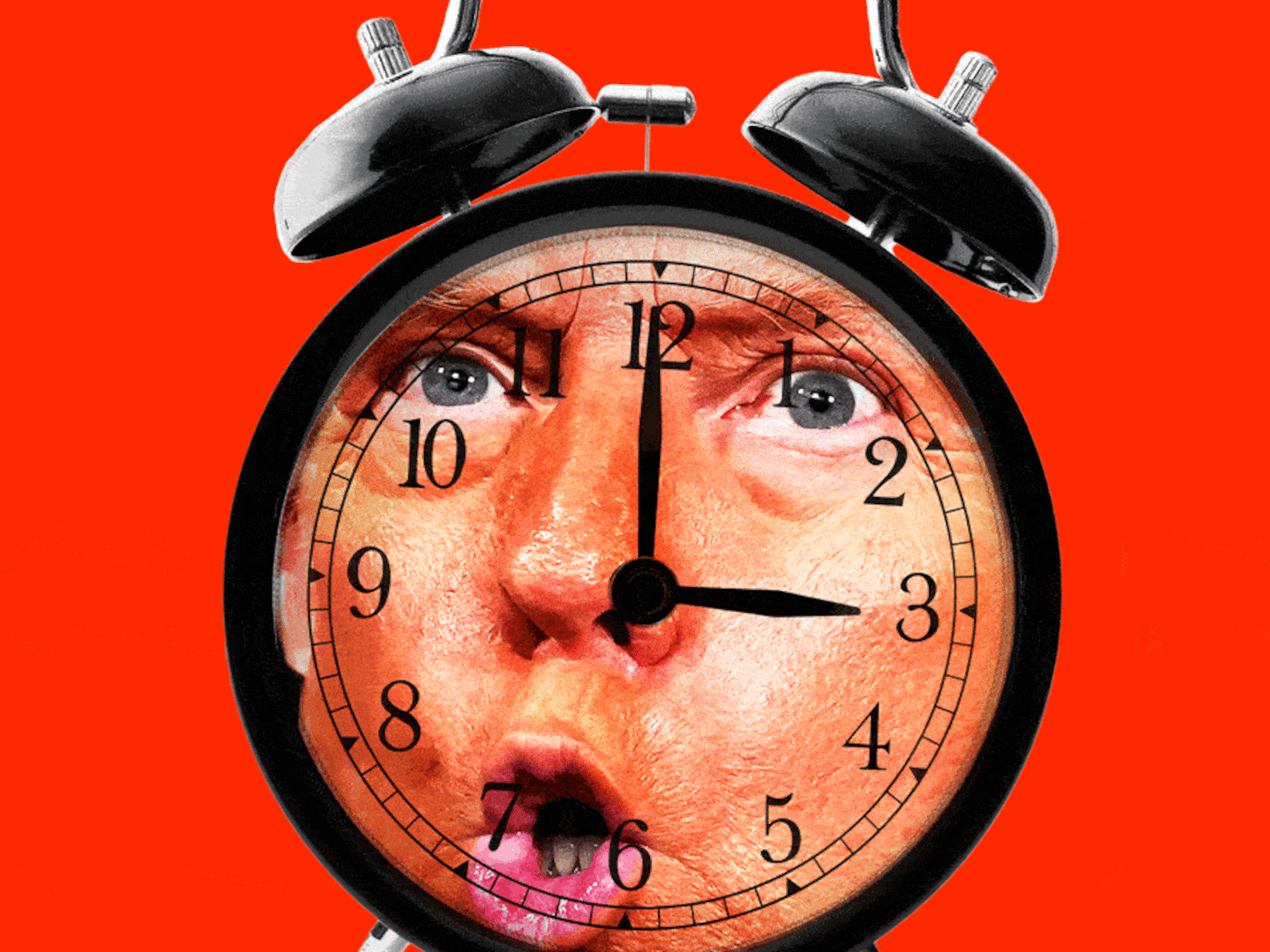Arek Wylegalski, who invests in technology for a living, doesn’t know what version iPhone he owns. He’s not sure if it has FaceID, but he thinks it might. He’s a partner at the tech investment firm FirstMinute Capital. When we met in August in San Francisco at a startup pitch fest, it looked like an iPhone 7 or 8 to me. Its screen had cracked.
As the majority of the U.S. arrives at a smartphone-saturated future, Silicon Valley is neck-deep in a backlash against it. Perhaps more than anyone else, those who work in technology are doing their best to back off in their personal lives. Jack Dorsey tweeted in March that he uses his phone a bit more than 6 hours a day to simultaneously helm two companies worth nearly $30 billion each.
And yet Dorsey has also chronicled his affection for monastic, low-tech vacations like silent meditation retreats. Blackberry devotees have written long articles about why they’ve switched back to their dumbphones from the more addictive alternatives. There is an entire device, the $350 Palm phone, that presupposes you’ll pay to use your big smartphone less (you won’t—the Palm was widely reviewed as a failure). Silicon Valley parents are contractually obligating their nannies to police children’s phone habits.
Apple investors begged the company in January of last year to research what phones are doing to young brains. The Screen Time feature appeared six months later. The man who wrote the handbook on how to addict users to your products has a bestseller out titled Indistractable. In light of the modern dearth of face-to-face interaction, a column in The New York Times declared human contact “a luxury good.” Still, old gadgets are somehow cooler: the right kind of old computer equipment might be worth 10 times more than its newfangled counterparts to rich collectors.
The shift in attitude, according to multiple experts who spoke to The Daily Beast, starts with smartphones. They are the essential uber-gadget, a do-it-all device that made unitasking obsolete. A smartphone is a Sony Walkman, a Garmin GPS, a MacBook, a Nintendo Gameboy, a Nikon CoolPix, a Palm Pilot, and a credit card all in one. In 2015, Pew Research found that ownership of MP3 players and game consoles had declined since the late 2000s, and the survey firm seems to have stopped asking about those devices since. Pew found this year that desktop and laptop ownership has remained flat over the past 10 years.
Contrast those figures with smartphone ownership. The majority of people in the U.S.—81 percent, according to Pew figures from June 2019—have a smartphone, more than double the percentage the company found in its first survey on the topic eight years ago.
We use our phones for everything, so they’ve become a utility we’re obligated to have rather than a luxury we can indulge in. The essential capabilities of most of them are the same.
“As our phones stack up more and more uses, the paradox is that we’ll take more and more of them for granted. That euphoria will fade into commonality,” said Milton Pedraza, CEO of The Luxury Institute, which studies the spending habits of the wealthy.
The change has been a long time coming, and it arrived sooner for some than others. White collar workers told The New York Times 10 years ago that smartphones had already become necessities for job hunting. Even then a man in San Jose called his iPhone “a part of me now, an appendage.” But today, unlike in 2009, the iPhone isn’t much of a rarefied object.
“The iPhone doesn’t mean what it did before—I’m creative, I’m innovative, I belong to a tribe. Now there are so many,” said Pedraza.
Smartphones are everywhere, and the surprise and delight of them has waned with each update. And nothing pushes the rich and powerful away from something faster than everyone having it.
“Gadgets just are. They’re pervasive across billions of lives now,” Pedraza said. “The innovation has slowed down, and that has an effect. We view them as commodities.”
He said his clients are gravitating to experiences—think travel and fine dining—more so than gadgets or designer clothes.
It’s not as if we’ve stopped buying technology. Indeed, we may purchase more of it. But now that so many people have smartphones, detaching from the black mirror has become its own genre of self-help. Detoxing from devices has entered the mainstream and people we might not associate with the tech industry—Joe Rogan, Mayim Bialik—are producing videos on how to spend less time with your tech. Breaking your phone addiction has spawned at least half a dozen TED Talks. The New York Times’ series on its reporters’ personal technology often showcases how they don’t use it. The advice to “put your phone down” is so accepted and uncontroversial it’s showing up in graduation speeches.
Even the media’s approach to devices has changed. Covering the new iPhone’s new features isn’t something that demands an entire homepage as smartphones proliferate and become increasingly similar to one another. When was the last time a piece of technology captivated the nation in the way the iPhone did in 2007, when CNN wrote, “iPhone mania hits flagship stores”? The iPhone was, for many, the first smartphone, and rabid mobs camped out for the chance at the new Apple Thing for years after its release. By contrast, CNN in January reported “The iPhone has lost its magic,” noting Apple’s flaccid sales in China. Visiting the Apple Store feels like such drudgery that Apple Geniuses themselves are complaining to the press about the declining quality of service.
The popular economics radio show Marketplace recently asked, “Can You Tell The Difference Between A $300 Phone And A $1,000 one?” Participants in the show’s testing rated a $300 Motorola phone higher than the $750 iPhone XR.
Part of the decline in phones’ social cachet is the convergence of their design, according to Nicole Nguyen, a personal technology reporter at BuzzFeed News (my former employer). From a distance, it’s not easy to tell what kind of smartphone someone has, whether they’re up with the latest or lagging behind.
“If you go to any phone shop today and look at the wall, they’re slabs of glass with two or three buttons on the side,” Nguyen said. Nguyen said she wishes she could live with a dumb phone, but she believes she would have difficulty communicating with her family members, all of whom use Apple phones and apps.
The differences between the form factors of our hardware—recall when a phone’s fold determined its quality—are small compared to what they once were.
“When I started writing about tech in 2012, gadgets were news,” Nguyen said. “Now phones are less different from each other than they used to be. They’re like cars in our lives. You buy a car to get from point A to point B, and the differences among a certain class of car aren’t big.”
Like Pedraza, Nguyen said luxury has moved away from technology towards lifestyle, which you might display via the software on your phone: “The personal brand has replaced the phone as a luxury good. Your ability to go on vacation and show pictures of your apartment on Instagram, the clothes you wear—that whole aesthetic piece represents luxury more.”
B.J. Fogg, a Stanford behavioral scientist who studies how people can change digital habits, summed up the relationship between digital devices and status more coarsely.
“We will start to realize that being chained to your mobile phone is a low-status behavior, similar to smoking,” Fogg said.






